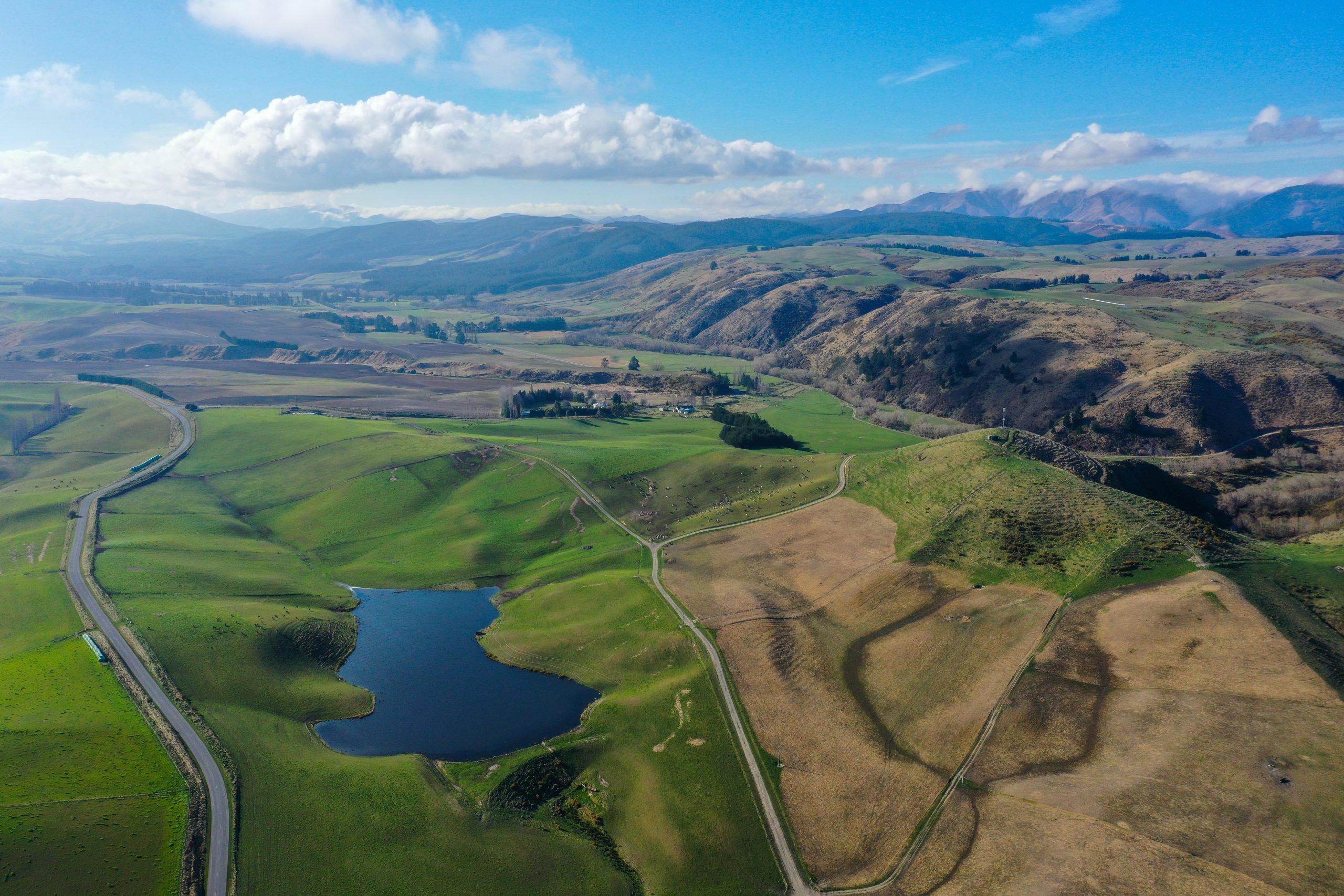We’re the lowest emissions dairy in the world. Why do more?
Managing our dairy sector’s impacts inevitably attracts a range of views. Should we do more, less or stay the same? We produce the lowest emissions dairy products in the world, so why do more? By Jim van der Poel, DairyNZ chairman.


When it comes to change and regulation, there’s certainly no perfect fit for all, especially with such diverse farm systems and farmers. Ultimately though, we are all challenged by new rules and what they should or shouldn’t be.
Our dairy product is the most efficiently produced in the world – we have plenty to be proud of. New Zealand’s agricultural emissions have stabilised and always-improving farm practices means we are 25% more emissions efficient at producing dairy than we were in 1990.
But, like all high performers, we must continue to evolve. The bar gets ever higher due to increasing competition and evolving consumer and community demands.
We are the best place in the world to be dairy farming and DairyNZ research has shown it. We want consumers to have the world’s most sustainable milk.
Industry bodies pushed hard for the split gas approach (managing methane separately from other gases) under the Zero Carbon Act.
This was the culmination of many, many years of advocacy.
That saw the Government listen. The split-gas approach is a science-based target that recognises biogenic methane has a different warming impact to carbon dioxide – its shorter lifespan means net zero is unnecessary.
Initially, we were faced with a target of net zero for all gases. That was unachievable, not science-based and would have severely impacted farming’s viability.
NZ, and our sector, is still under considerable pressure from other countries and sectors to pursue a net zero target for all gases. This is something we strongly reject, especially compared to carbon emitters.
Our advantage is NZ’s unbundling of short and long-lived gases. This helps define their contribution to warming and the tracking of emissions against temperature over time.
The objective is to limit global warming. Reducing then stabilising methane emissions contributes to that.
The 2030 target to reduce biogenic methane by 10% will be incredibly challenging.
The 2050 target to reduce methane 24- 47% below 2017 levels is not supported by DairyNZ, Beef + Lamb NZ and Federated Farmers, as in our view they are not science-based targets.
This target will also be reviewed by the Climate Change Commission during five-yearly reviews.
Meanwhile we support farmers to make initial reductions toward the 2030 target and we continue to challenge government over the 2050 target.
We are also advocating regular reviews based on any science, economic or other developments. We are pushing for investment into R&D because, while farm practice changes help, we also need new technologies.
The internationally accepted metric is Global Warming Potential (GWP100) which measures warming over a 100-year span. However, momentum is growing around GWP* which better reflects the warming impact of methane over a longer time span.
On the farm, He Waka Eke Noa will help us. This partnership between the primary sector, Government and Māori will support farmers and growers to measure, manage and reduce emissions.
Its design will recognise sequestration, recognise methane’s target and get funds back into the sector to support change. In the next few months we will present options to farmers on He Waka Eke Noa and seek feedback.
Strong international and domestic pressure remains. We also need to maintain our international brand’s credibility and competitive edge.
While we continue to push for regular reviews, we also need the Government to deliver a credible emissions reduction plan for New Zealand – and solid investment in tools and solutions to back up the targets.





